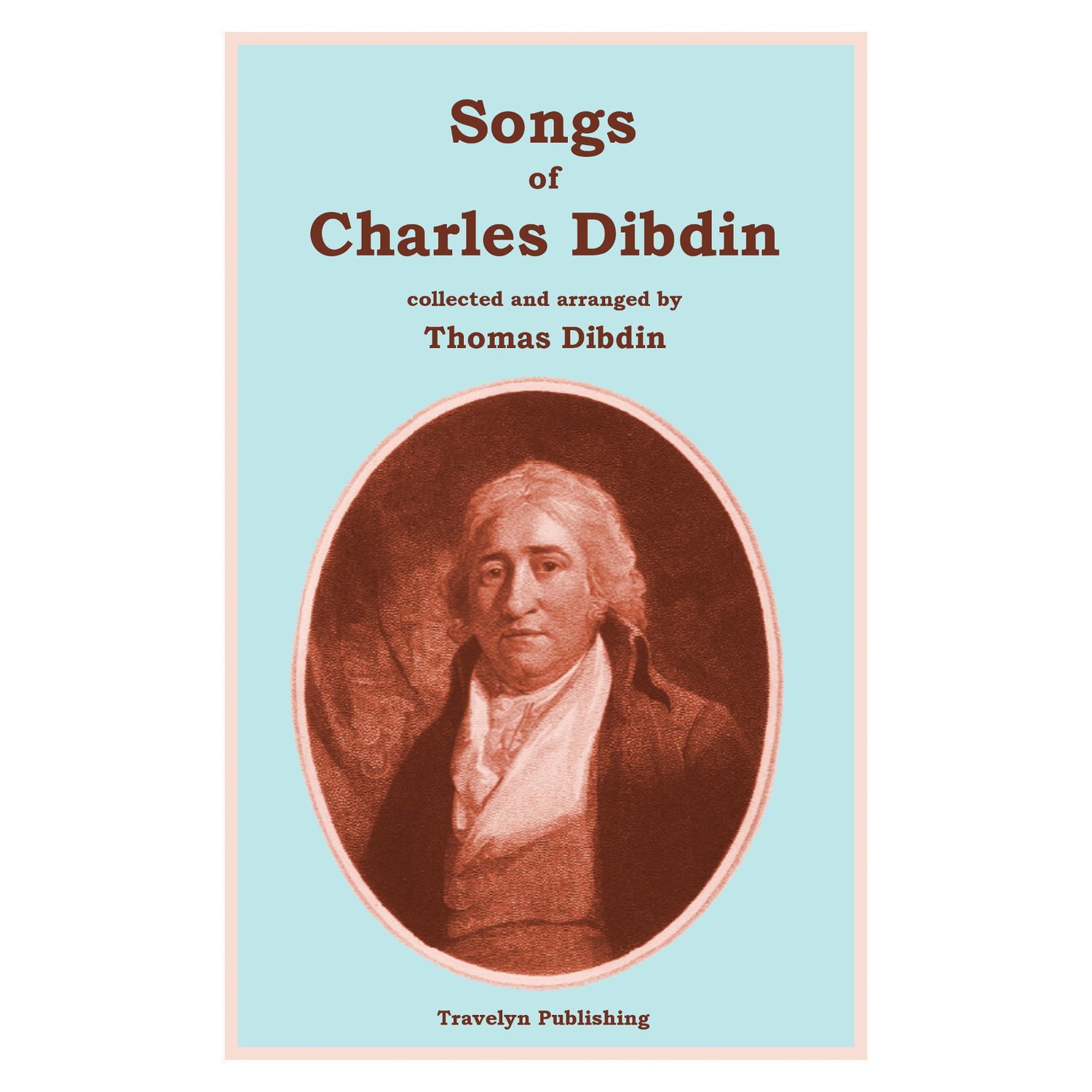
Songs of Charles Dibdin; With a Memoir
Charles Dibdin (1745–1814) was an English composer, musician, dramatist, novelist, singer and actor. With over 600 songs to his name, for many of which he wrote both the lyrics and the music and performed them himself, he was in his time the most prolific English singer-songwriter. He is best known as the composer of “Tom Bowling” (inluded herein), one of his many sea songs, a song which later was used as the title of a three-volume novel by Captain Frederick Chamier in 1841.
But Dibdin was more than just a composer and singer. His songs were so popular with England’s sailors and so valuable in keeping up their morale that the government in 1803 offered him an official pension of £200 a year to abandon his professional performances and dedicate himself to writing and performing “war songs” to keep up the ferment of popular feeling against France. Which probably allows one to label him an official propagandist.
This book, compiled by his son Thomas Dibdin, comprises 154 songs by Charles Dibdin interspersed with 13 illustrations by the famous George Cruikshank, followed by 45 songs written by his sons Thomas and Charles, Jr., followed in turn by 47 national songs of the period that Thomas Dibdin thought especially good. Most of these 246 songs pertain to the naval life, some are about soldiers instead of sailors, and a few celebrate English patriotism in general.
Preparing old books for digital publication is a labor of love at Travelyn Publishing. We hold our digital versions of public domain books up against any others with no fear of the comparison. Our conversion work is meticulous, utilizing a process designed to eliminate errors, maximize reader enjoyment, and recreate as much as possible the atmosphere of the original book even as we are adding the navigation and formatting necessary for a good digital book. While remaining faithful to a writer’s original words, and the spellings and usages of his era, we are not above correcting obvious mistakes. If the printer became distracted after placing an ‘a’ at the end of a line and then placed another ‘a’ at the beginning of the next line (they used to do this stuff by hand you know!), what sort of mindless robots would allow that careless error to be preserved for all eternity in the digital version, too? Not us. That’s why we have the audacity to claim that our re-publications are often better than the originals.
